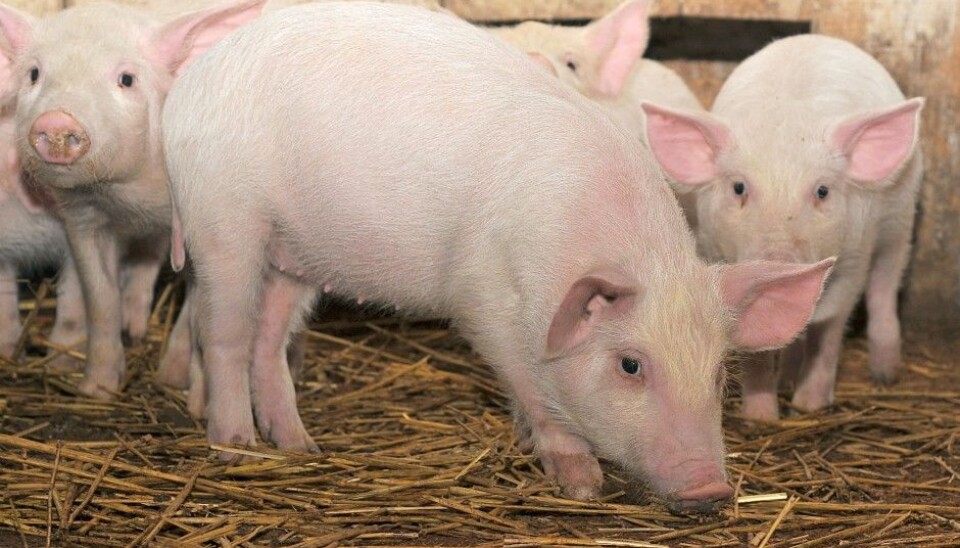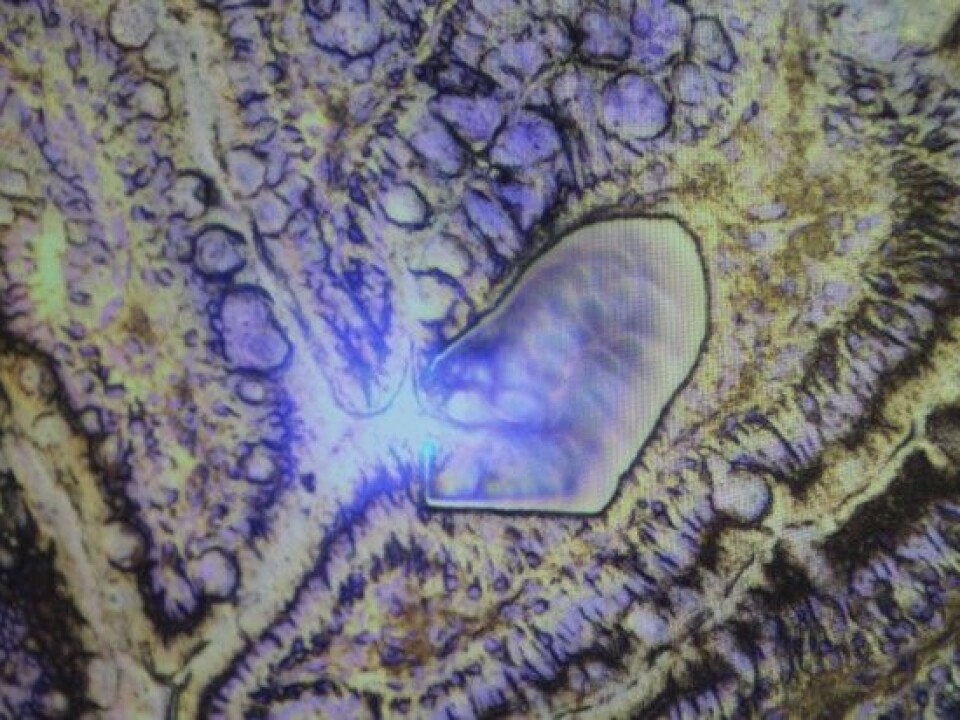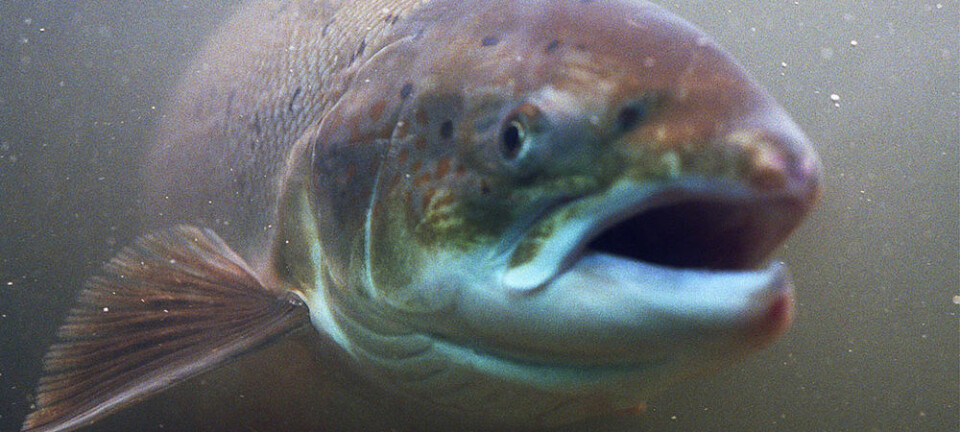An article from Norwegian University of Life Sciences (NMBU)

Can farm animals stomach new types of feed?
Scientists aim to feed fish and farm animals using new ingredients produced from trees and macro algae. But how will this affect their health?
Studies of cells, DNA, gene expression and microorganisms – microbiota – in the gut system may indicate whether or not an animal thrives on a particular diet. At NMBU’s Faculty of Veterinary Medicine pathologists and microbiologists collaborate to develop a model. The aim is to help predict the effects of various feed ingredients on the animal’s health.
"The unique factor here is how we combine various research disciplines to study different aspects of gut health in individual animals, not only in animal populations," NMBU professor Charles Press says.
The scientists hunt for markers that may indicate whether a certain feed ingredient has a positive or negative effect on animal health. This testing of different types of feed to measure effects on health forms the basis for a model. The findings will be important for Foods of Norway’s aim to develop novel feed resources and breeding strategies to increase the feed efficiency and robustness of fish and farm animals.
The devil is in the details
The various processes taking place in the intestine of an animal are extremely complex. What appears when you look at the animal gut as a whole may look quite different when peering through the microscope. In the laboratory, researchers are digging into the tiny details of defense cells, microorganisms, DNA and gene expressions in specific areas of the bowel.

"The research approach of studying the gut of individual animals in detail enables us to reveal information and connections which would have been overlooked without this combination of research expertise," NMBU researcher and veterinary pathologist Caroline Piercey Åkesson says.
In the intestine, there is a symbiotic relationship between the host and the microbes. The microbes and different cells of the gut communicate by sending different signals to each other. Footprints of the signals passed between the cells and microbiota can tell us something about gut health.
Different feeds will affect the composition of the microbiota and the cells of the gut.
"Yes, we work a bit like detectives, trying to find, understand and piece together various bits of information. Each cell and bacteria type in the gut are special and have different functions and tasks. By using laser microdissection, we can select a region with cells and microbiota of interest and find which molecules those cells are producing. In other words, the technique is giving us a more precise understanding of what is going on in the gut," research engineer Alexandra Göksu explains.
Knowledge exchange
NMBU professor Henning Sørum thinks the development of a common method created by microbiologists and pathologists working closely together is an important research step.
"In Norway, we have done a lot of research into acute sickness in farm animals. However, there has been relatively little focus on chronic diseases. Maybe this approach, with detailed high-resolution studies, will enable us to produce new, diagnostic results?" Sørum hopes.
































